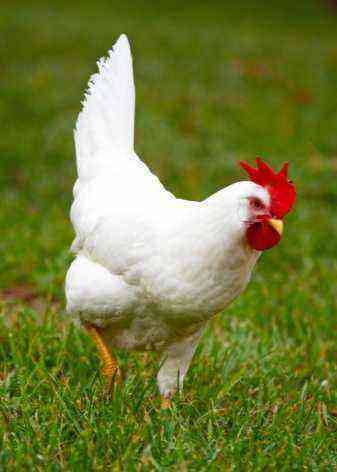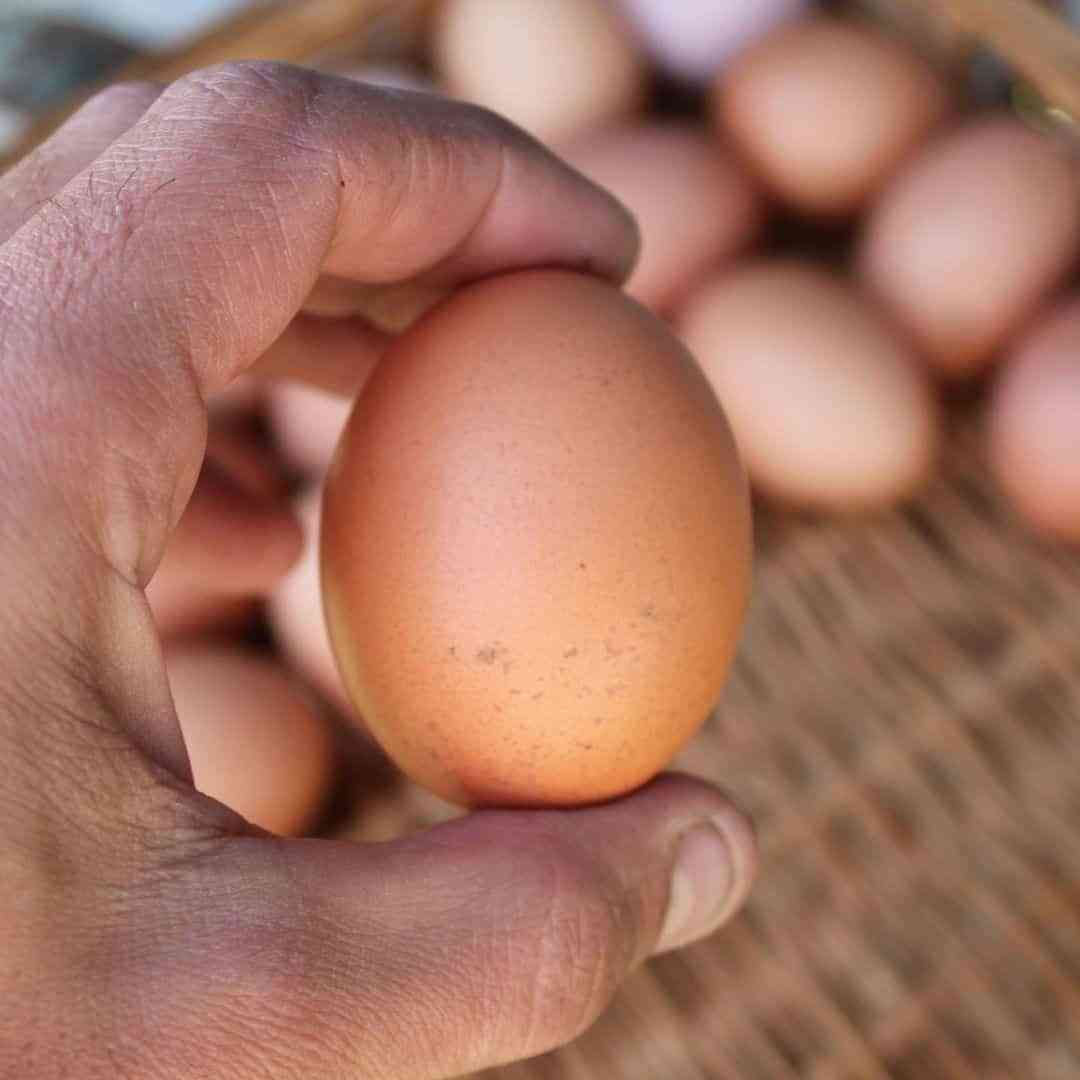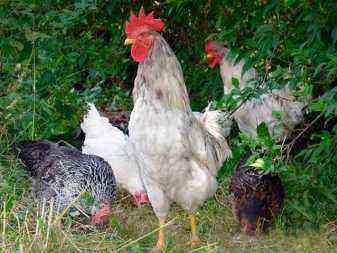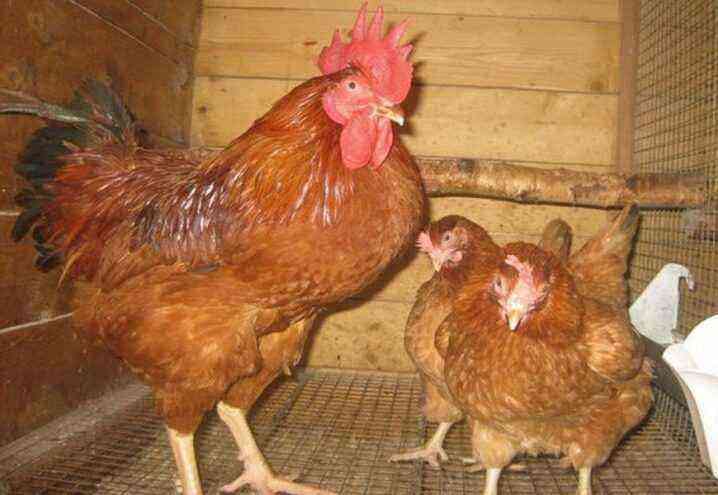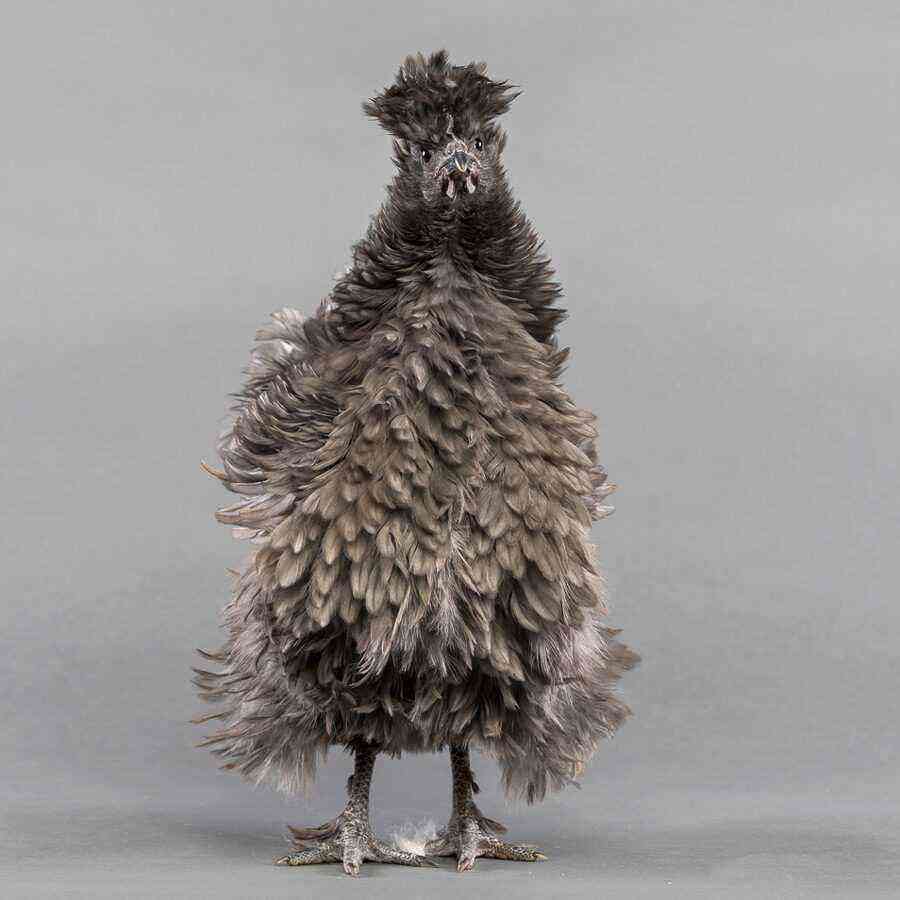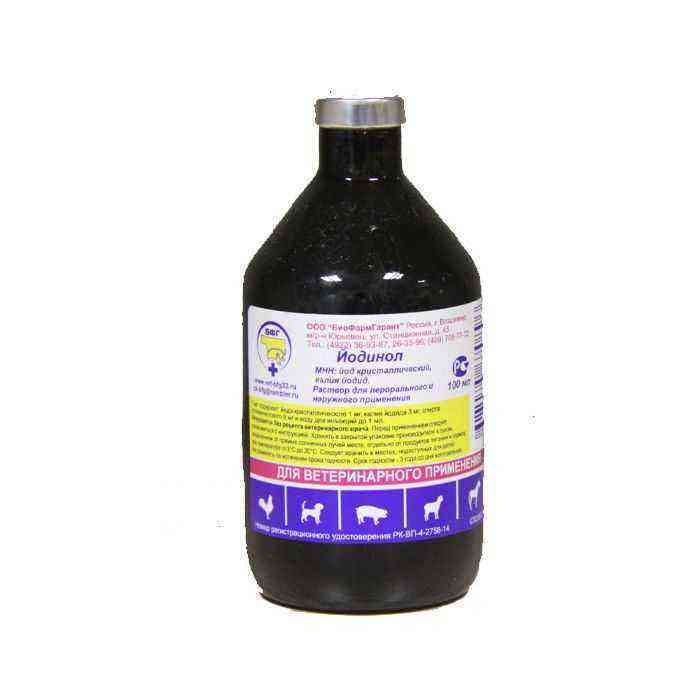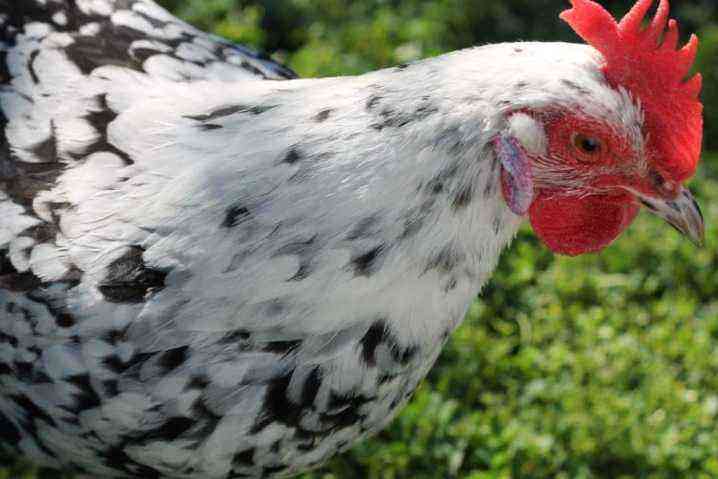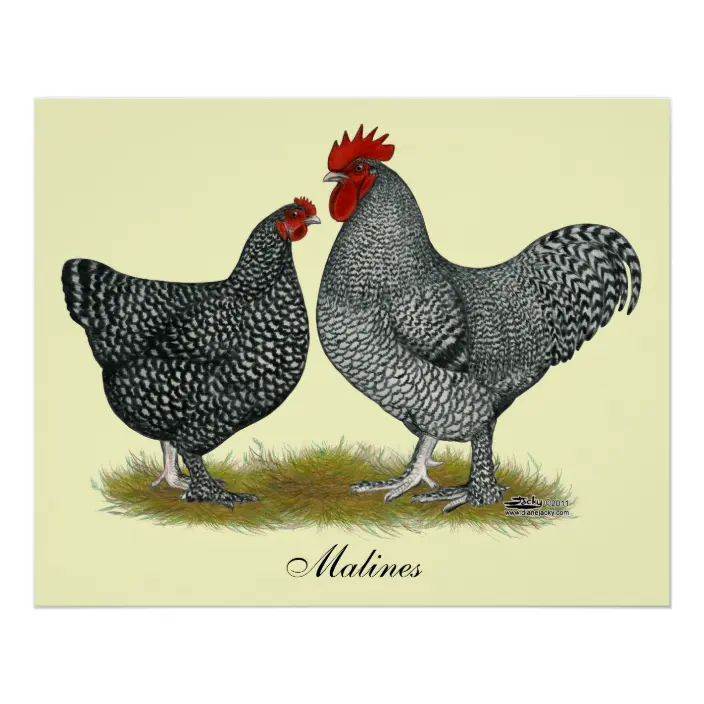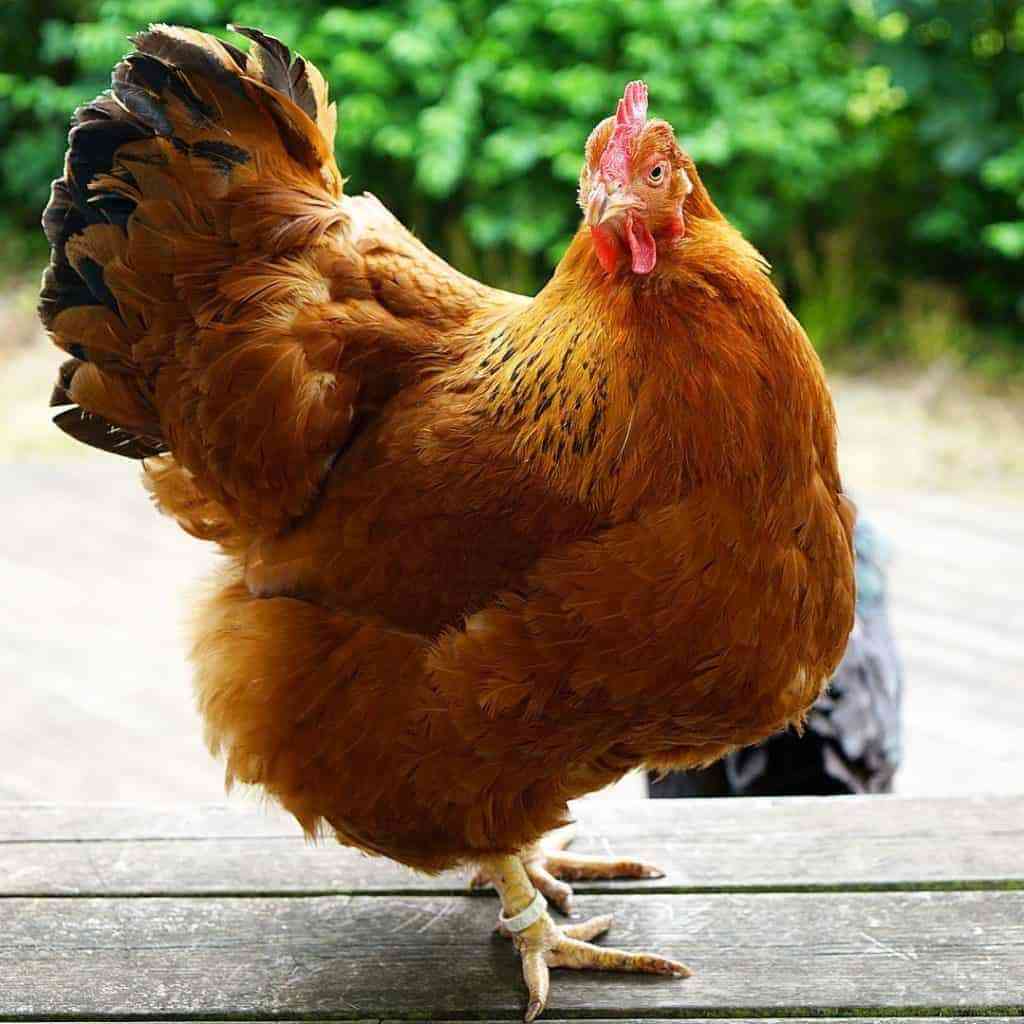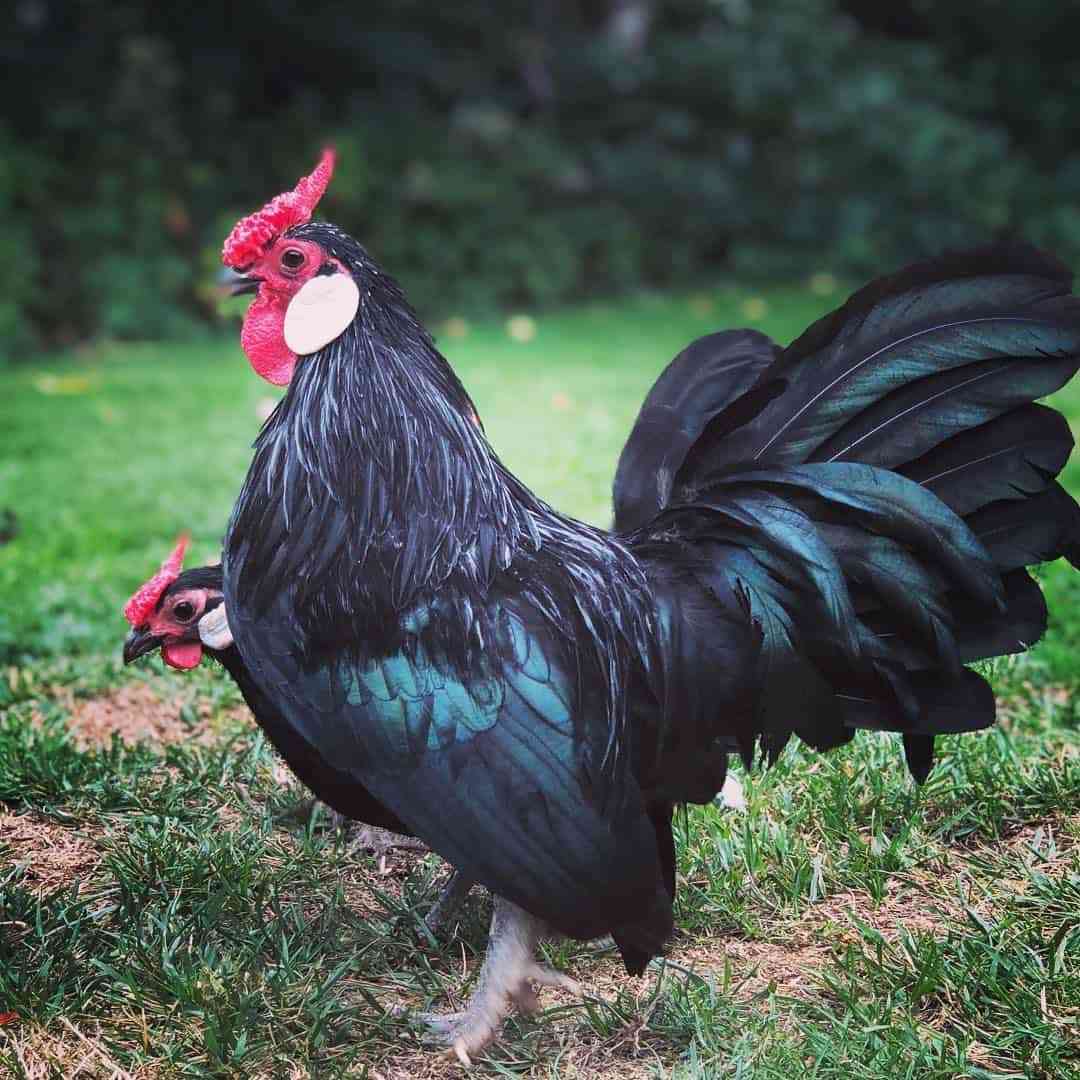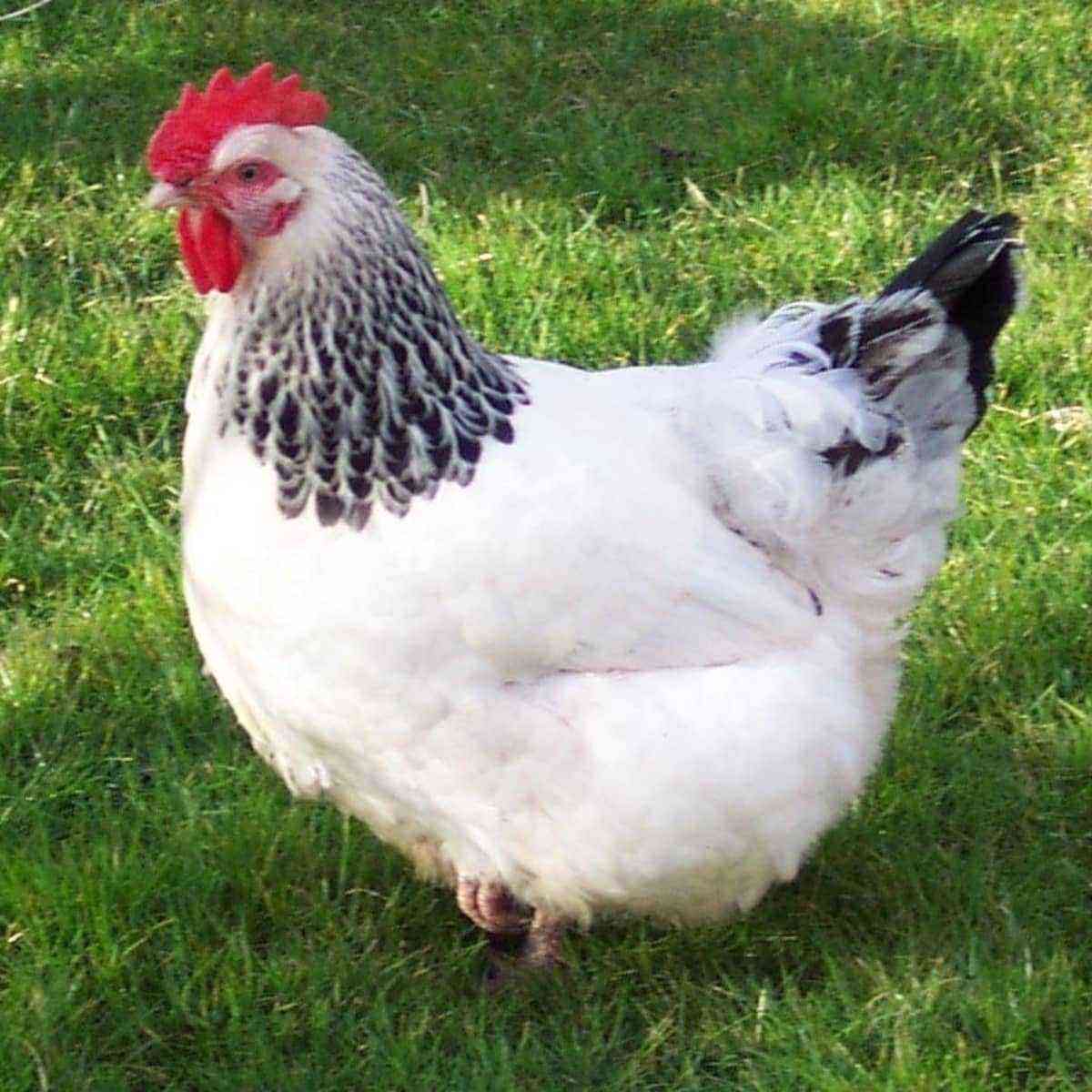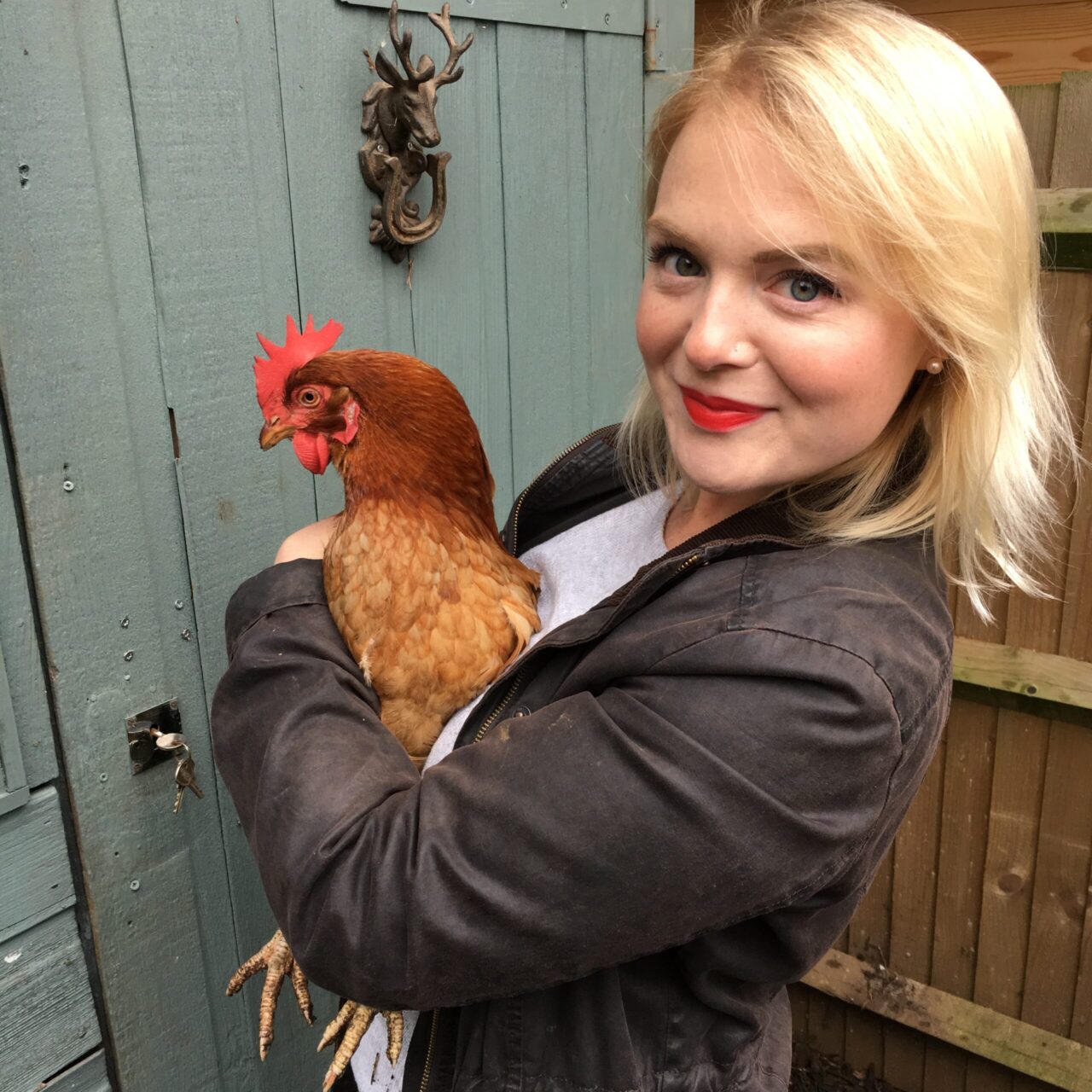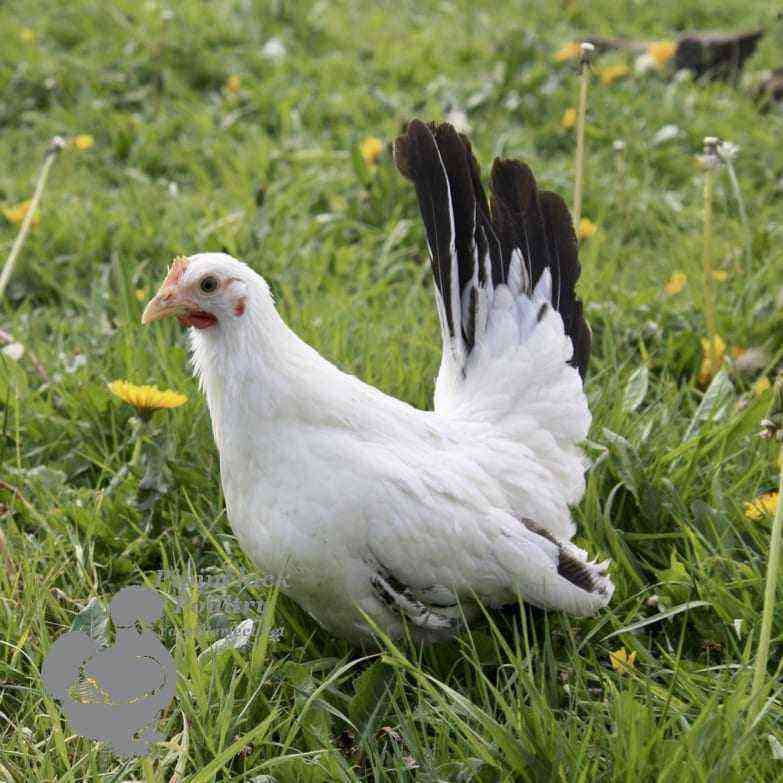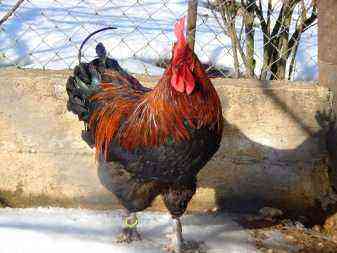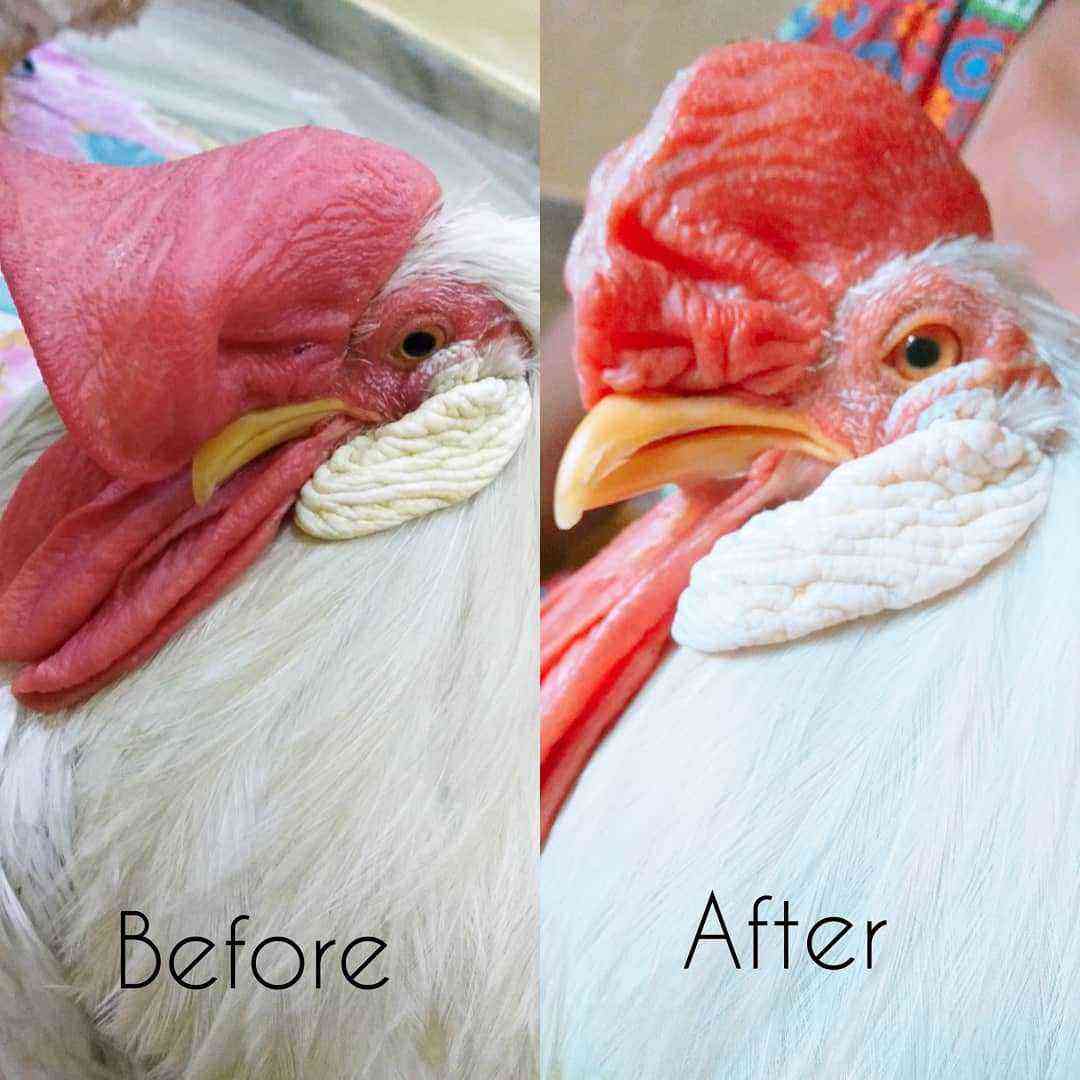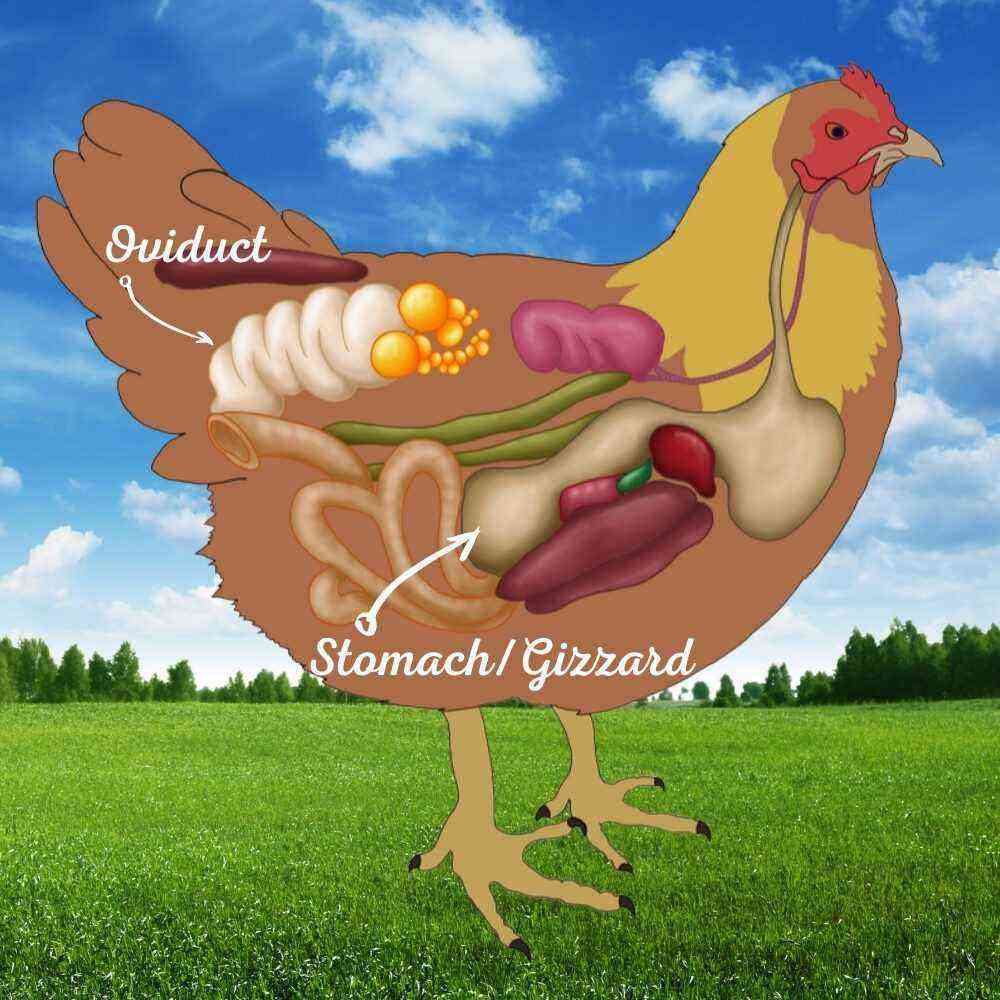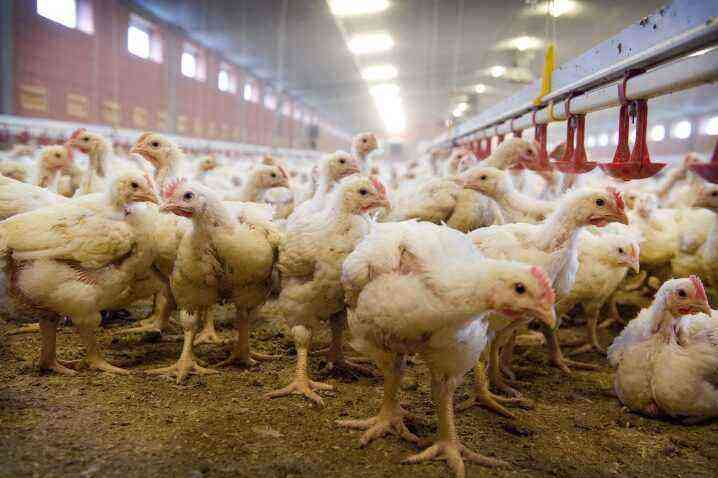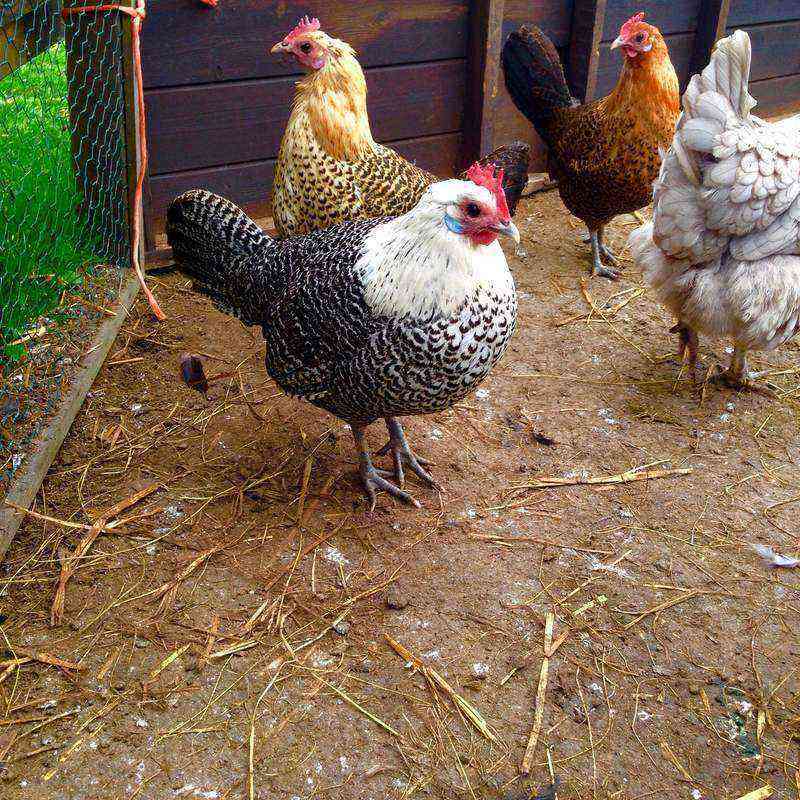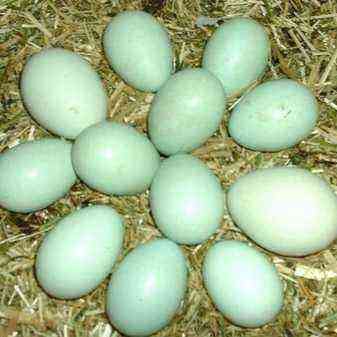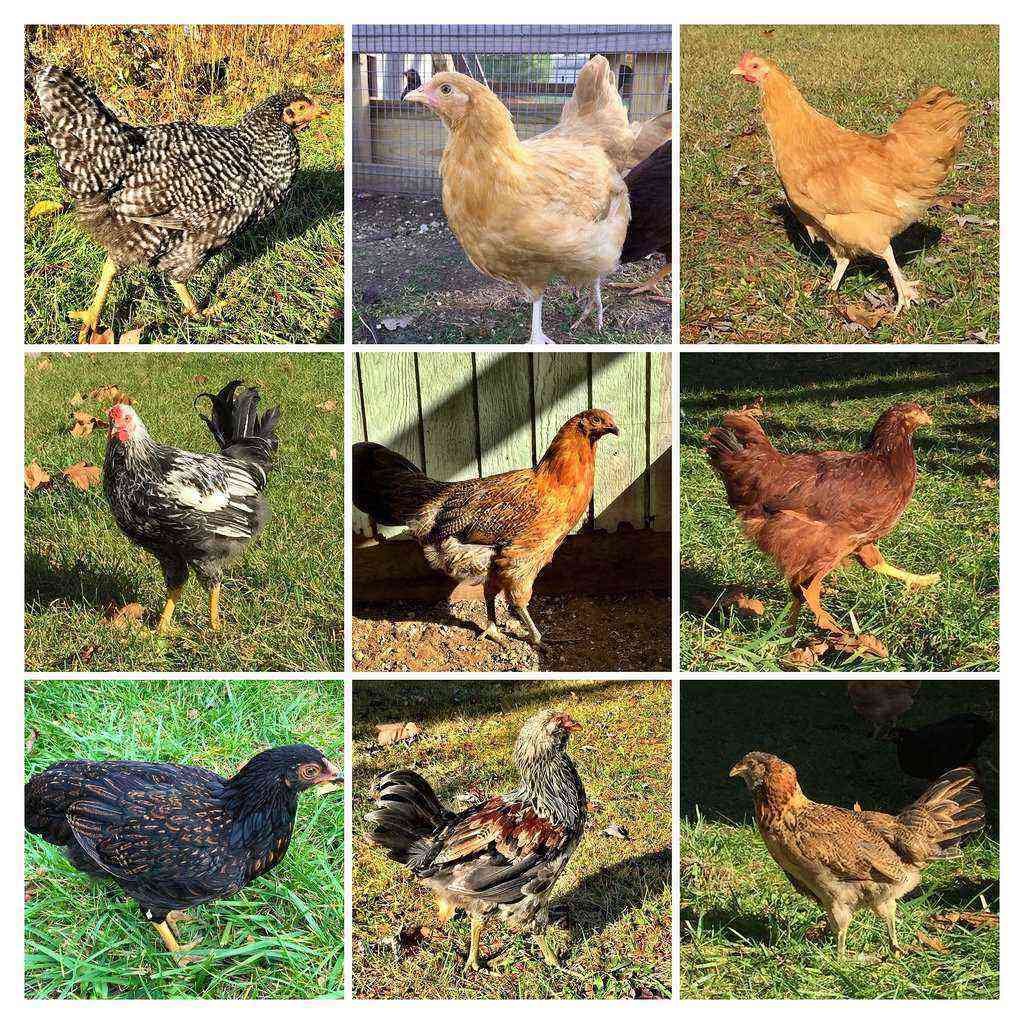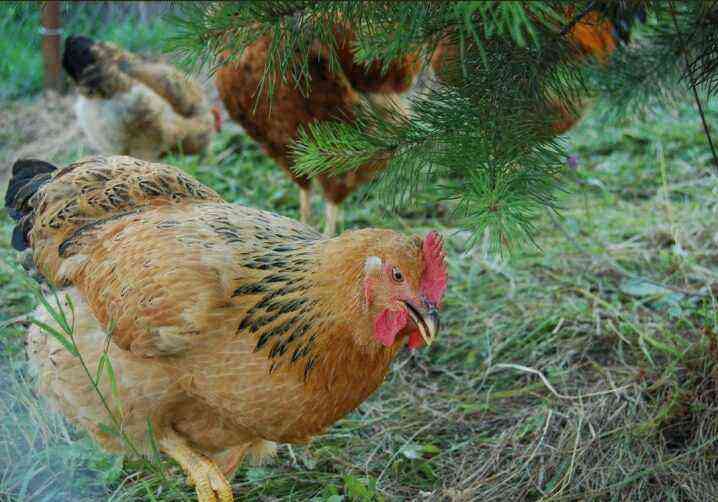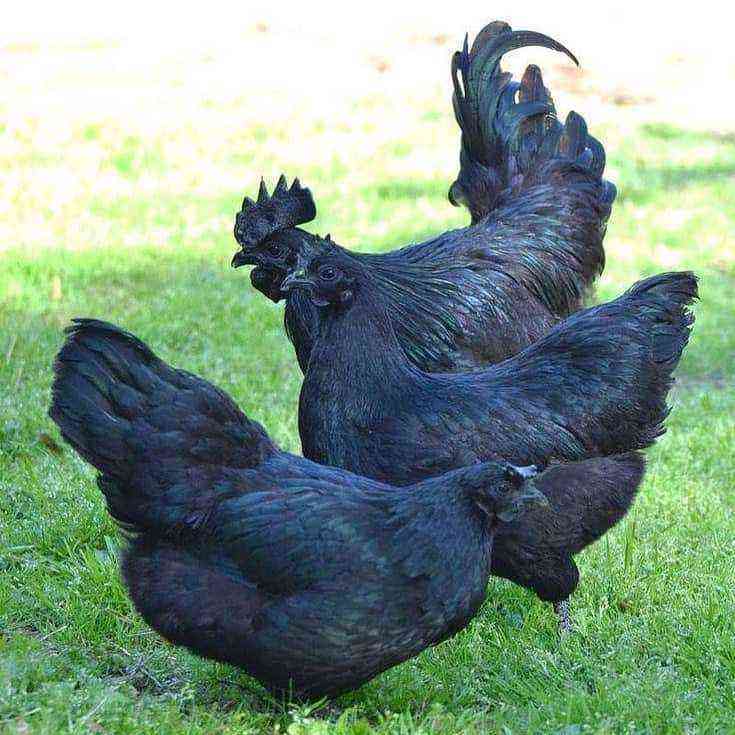Ornithosis is a contagious disease, which is currently dangerous not only for decorative feathered pets, but also for backyard poultry. This disease also has other names: chlamydia and psittacosis. Pathogens can exist in the environment for a long time, for example, in the water supply – up to 21 days, and in the litter of chickens and their nests for several months.
Ornithosis is also transmitted to humans by airborne droplets. The virus is especially dangerous for those people who keep feathered pets in their backyard and for workers in poultry farms and farms.
Infected chickens quickly transmit the infection to their neighbors in the poultry house. The virus spreads not only through coughs and sneezes, but also through food and water, bedding and dirty plumage. Chlamydia is transmitted to adults and chickens, as well as embryos in an egg that will never hatch. It is thanks to embryos that scientists are currently developing drugs against this disease and carefully studying the disease itself.
With ornithosis, the chicken loses its appetite, tries to retire and sit on the sidelines, it has apathy and lethargy. After some time, conjunctivitis, hoarseness and diarrhea are added to these signs. The virus can spread rapidly and manifest itself already on the third day, or develop slowly, and the first signs of the disease will become visible only after two to three weeks. It depends largely on the immunity of feathered pets and their age.
Chlamydia can be acute or chronic. The acute form is characterized by the following symptoms in chickens: runny nose, shortness of breath, wheezing, frequent urination, loose stools, dehydration, disheveledness, and lack of appetite.
In the chronic form, the bird has convulsions, partial or complete paralysis of the limbs, tremors, and they turn their heads unnaturally. In some individuals, the eyes may swell, the nails and beak become softer and even break.
At an early stage of infection, chickens can be saved, but treatment can be useless and, more importantly, dangerous for the people themselves. For these purposes, the most effective antibiotic will be from a number of tetracyclines. Also, calcium should be added to bird feeders.
Sick individuals should be isolated from the general population to prevent the spread of infection throughout the chicken coop. With healthy feathered pets, it is necessary to carry out preventive work.
If the disease is running, it is better not to start treatment. Precious time is lost and the bird can no longer be saved.

